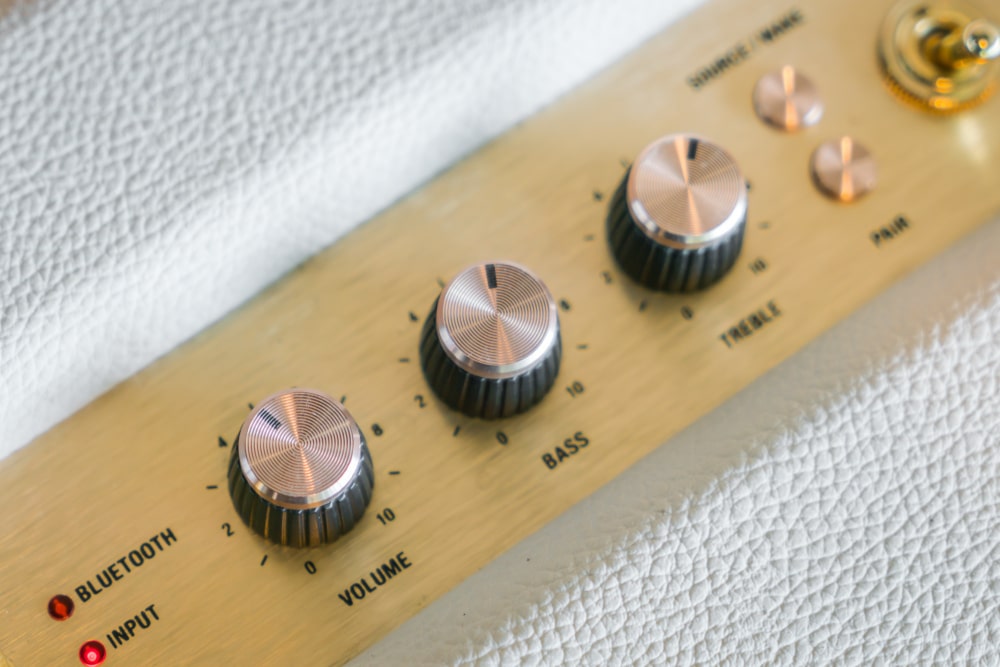Phrasal verbs are one of the essential idiomatic elements to learn English since they are part of everyday life.
Knowing this type of expressions is necessary if you want to be able to hold a conversation with a native speaker in a natural way. That is why you should know the most used phrasal verbs in English and integrate them naturally in your conversations.
In today’s article, we will show you the phrasal verbs with turn that you should definitely master. Are you interested?
Let’s get to it!
English phrasal verbs review
Before we dive in and explain what phrasal verbs with turn are, let’s make a brief reminder about what phrasal verbs are.
These are English phrasal verbs that are made up of a main verb followed by one or more adverbial or prepositional particles.
These can modify the meaning of the main verb, creating a unique idiomatic expression with its own meaning.
These types of expressions can be very complicated for speakers of other languages for several reasons:
- Different meanings: Phrasal verbs often mean something different from the individual verbs that make them up, so they can be difficult, if not impossible, to translate directly.
- Variable combinations: Some phrasal verbs have many possible combinations with different meanings, which increases the difficulty in learning them.
- Idiomatic usage: Some phrasal verbs are very specific to the English language and have no equivalent in other languages.
- Particle order: Particle order can affect the meaning of a phrasal verb, and can be difficult for speakers of other languages to predict.
Although it can be overwhelming, don’t worry!
Little by little you can start to understand these types of expressions.
With this reminder in mind, let’s take a look at what the phrasal verb with turn
Phrasal verbs with turn
 The verb turn is one of the most used verbs in English and can be combined in different ways, with different prepositions or adverbs to create different meanings.
The verb turn is one of the most used verbs in English and can be combined in different ways, with different prepositions or adverbs to create different meanings.
The best way to understand this phrasal verb is through examples.
First let’s look at its infinitive meaning:
- Turn: turn
And now let’s see how their meaning changes when we add prepositions or adverbs:
- Turn down: It has two meanings
-
-
- Turn down the volume
- Declining or rejecting an invitation or request
-
- Turn up: It has two connotations
-
-
- Turn up the volume
- Appearance or presence
-
- Turn in: This can mean two things
-
- Going to bed
- Deliver something
- Turn into: To transform or become something different.
- Turn off: Turn off a machine or device.
- Turn on: Turn on a machine or device
- Turn out: To finish, end or result
As you can see, these types of expressions can be really useful to express different situations in daily life.
The ideal is that you understand them and incorporate them into your way of expressing yourself little by little, so that it comes naturally to you.
This can be tricky, but it is definitely worth it.
If you need help to improve your English, do not hesitate to come to our language school in Barcelona Visit us!
So far this post!
We hope you liked it and find it useful. See you next time!
